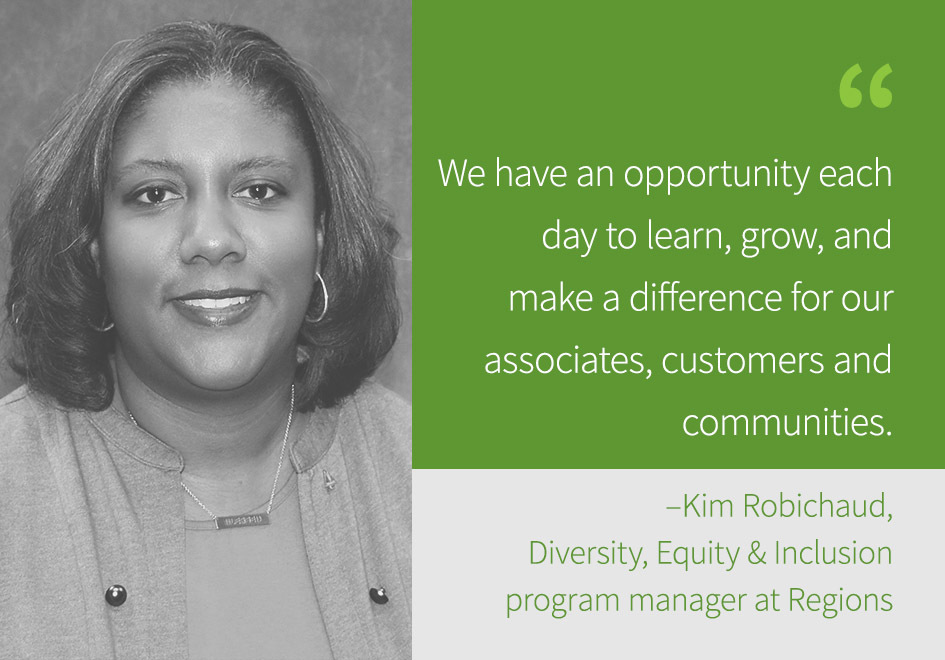In 1973, Congress designated Aug. 26 as Women’s Equality Day. The date was significant, coming on the 53rd anniversary of the certification of the 19th Amendment granting women the right to vote.
The landmark women’s suffrage movement happened thanks to allies and advocates. Prior to this amendment, simply being a woman denied you the right to vote. It also meant women could not vote for their right to vote, thus women had to engage men as allies.
Securing women’s right to vote was the culmination of a long, massive, women’s rights movement that had its formal beginnings in 1848 at the Seneca Falls Convention. It was the world’s first women’s rights convention and took place in Seneca Falls, N.Y.
Progress would take decades.
Passed by Congress in 1919 and ratified on Aug. 18, 1920, the 19th amendment finally granted women the right to vote by prohibiting voting discrimination on the basis of sex. But this was only a partial win, because the amendment did not eliminate state laws prohibiting Black women from voting. This is a great example of the difference between equality and equity. The 19th amendment confirmed women had the right to vote, but there were barriers and obstacles intentionally put in the way that denied making that equality a reality for all.
Women of color were also impacted by other laws. Native American and many Asian American women were barred from voting due to federal citizenship laws: Native American women until 1924 and first generation Asian American women until the 1950s when these groups gained citizenship. In addition, many state laws imposed poll taxes and literacy tests in order to vote, and the 19th amendment didn’t address the violence or lynching that occurred to intimidate many people of color, including men of color from going to the polls. It wasn’t until four decades later that the Voting Rights Act of 1965 granted full access to suffrage to all women – regardless of race – by providing nationwide protections for voting rights and enforcing rights guaranteed by constitutional amendments. Congress subsequently amended the Act five times to expand voting rights protections.
Imagine the efforts of all involved during those years between 1920 and 1965 and beyond – from women of color still fighting for the right to vote, to the men and white women who stood alongside them as allies and advocates to make the change a reality.
It challenges us to think of how we ourselves can be better allies and advocates to those who don’t look like us.
Today’s observance of Women’s Equality Day not only commemorates the passage of the 19th amendment, but also calls attention to the continuing efforts toward full equality for women.
Send an ecard celebrating Women’s Equality Day to someone who has been an ally.
In addition to equality for all, Regions also believes in equity for all, and this year we have begun to focus more on this idea. We’ve added “Equity” as part of our Diversity and Inclusion name after hearing from our associates that this was a direction worthy of focused attention. We’ve spent time this year educating ourselves on what equity really means, and integrating equity learning opportunities into our programs. We are ensuring that we have appropriate policies and practices in place, and the flexibility to update them as needed as unique needs are uncovered. The Diversity, Equity and Inclusion journey is a long one. But the good news is that we have an opportunity each day to learn, grow, and make a difference for our associates, customers and communities. It’s the right thing to do, and it speaks to our company’s core value to Make Life Better.
Kim Robichaud is Diversity, Equity & Inclusion Program Manager at Regions.
